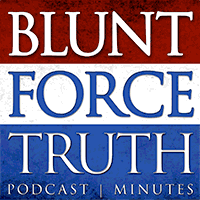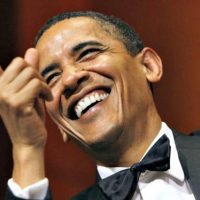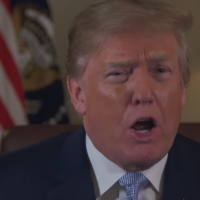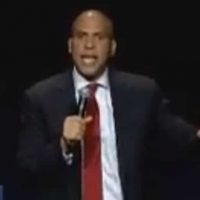The first round of U.S. sanctions on Iran go into effect Tuesday, with another, more stinging round set to hit in November—reimposing restrictions that were lifted under the Obama administration-led nuclear deal with the Islamist regime.
President Donald Trump signed an executive order reimposing the sanctions Monday at his home in Bedminster, New Jersey, where he is vacationing.
In May, Trump pulled the United States out of the multilateral Joint Comprehensive Plan of Action, or JCPOA, reached in 2015. The president last week said he was willing to meet with Iranian President Hassan Rouhani without preconditions to negotiate a new nuclear agreement.
“As we continue applying maximum economic pressure on the Iranian regime, I remain open to reaching a more comprehensive deal that addresses the full range of the regime’s malign activities, including its ballistic-missile program and its support for terrorism,” Trump said in a statement announcing the sanctions. “The United States welcomes the partnership of like-minded nations in these efforts.”
This won’t be easy for Iran or the regime, said Richard Goldberg, senior adviser to the Foundation for Defense of Democracies, a Washington think tank.
“In the weeks ahead, the Iranian regime will come under enormous financial and political stress, with the people of Iran continuing to demand a government that invests in jobs and higher incomes, rather than terrorism and proxy wars,” Goldberg told The Daily Signal.
After the November sanctions on energy and Iran’s central bank, Goldberg said, “the mullahs will have to choose between fundamental behavioral change and regime collapse.”
“We can expect to see strong support for U.S. sanctions from our allies in the Middle East, compliance from our Asian allies, and reluctant compliance from European banks and insurers,” Goldberg added. “China is the biggest wild card, but it’s unlikely the party leaders in Beijing want to risk the economic consequences that would come with knowingly violating U.S. sanctions.”
As part of withdrawing from the nuclear deal, the Trump administration determined it would impose one set of sanctions in August and another set in November on energy and banking, based on a 90-day and 180-day wind-down period. The second set are made up of the primary international sanctions on Iran that existed before the Obama nuclear deal.
Effective 12:01 a.m. Tuesday, sanctions will be reimposed on the purchase of U.S. bank notes by the government of Iran; on Iran’s trade in gold and other precious metals; on graphite, aluminum, steel, coal, and software used in industrial processes; on transactions related to the Iranian currency, the rial; on activities relating to Tehran’s issuance of sovereign debt; and on Iran’s automotive sector.
As of Nov. 5, remaining sanctions go into effect on Iranian oil transportation, energy development, shipbuilding sectors, and the central bank of Iran. These could increase oil prices in the United States.
The sanctions could bring a significant political shift in Iran long term, said Christopher Garcia, a former deputy director at the Commerce Department, who dealt with international economic development.
Read the full story from The Daily Signal
Want more BFT? Leave us a voicemail on our page or follow us on Twitter @BFT_Podcast and Facebook @BluntForceTruthPodcast. We want to hear from you! There’s no better place to get the #BluntForceTruth.







